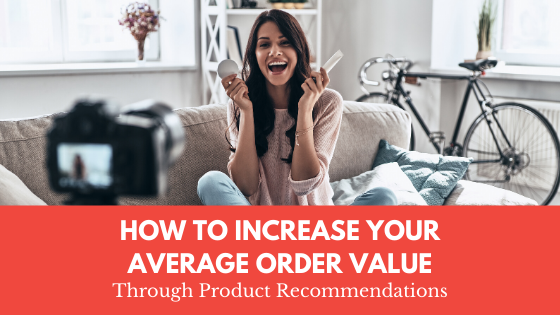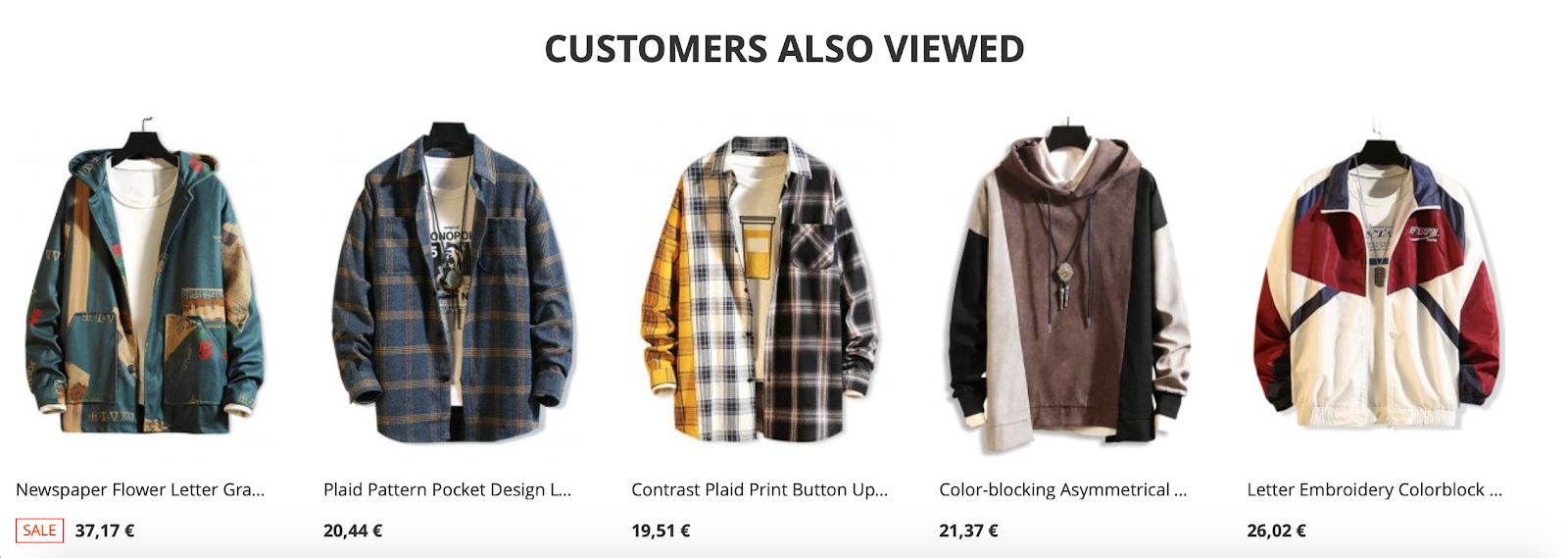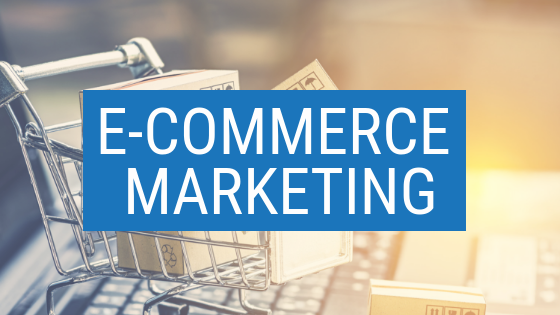Striving to become “the most customer-centric company on Earth,” Amazon has set the bar high for smaller e-commerce brands.
Today, shoppers expect online retail brands to provide exceptional customer service, create amazing content, and understand their specific needs and preferences. They are even ready to pay more for relevant deals and products.
So, apart from competitive prices, what techniques should you use to improve your e-commerce store’s performance?
Keep your Site Easily Navigable
Many customers will abandon your website if it is difficult to navigate through. To avoid that, ensure your visitors can find the right products and purchase them effortlessly.
Start by optimizing your navigation menu. Reduce the number of categories and subcategories. Instead of traditional drop-down menus, consider using hamburger navigation bars that will save you lots of space. They bring all your links to a single place and perform great both on desktop and mobile devices.
Apart from a navigation bar, add search boxes and filtering options that will help those customers find specific products and brands.
Add internal links to help customers explore new content.
Show breadcrumbs to help visitors understand where they are while browsing through your site
Provide Exceptional Customer Service
With so many brands in your industry, you need to give your customers a good reason to purchase from you. Before making buying decisions, customers will compare different online stores, their services, products, prices, etc.
Apart from amazing website design and top-quality products, seamless customer service will help you stand out in the competitive market. According to research, 1 in 3 customers would not purchase from you again after a negative experience with your brand, while over 90% of them would never come back after two negative experiences.
To provide exceptional customer support, offer real-time feedback across multiple channels. Provide live chat options. Once your customer support representatives clock off, let customers chat with your website or social media chatbot that provides relevant feedback 24/7. You should also have a detailed knowledge base and an FAQ section for users that prefer self-service.
Keep Communications Transparent
E-commerce logistics plays an important role in increasing customer satisfaction. If a customer sees a product on your website, adds it to the shopping cart, spends time filling out the form, and then sees that the product is temporarily out of stock, they will probably leave your site frustrated. The same applies to delivery services. The abovementioned study says that half of the customers believe that retailers are responsible for product delays, while 74% of them say that late deliveries harm brand perceptions.
That is why you need to keep your communications with customers transparent. Let customers track their package. Before purchasing from you, inform them about the estimated delivery date. Show how many items there are in your stock. Amazon does this for every product on its site. If there are any shipping problems, keep customers updated and provide refunds.
Sure, to do any of that, you will first need to optimize your manufacturing and inventory management processes. Keeping track of your materials, orders, inventory, and sales can be complex if you are still entering data manually into spreadsheets. This is where you could use cloud-based manufacturing software and centralize these activities under a single platform.
Personalize User Experiences
Surveys show that 62% of online customers expect to get personalized offers. For them, one-size-fits-all offers do not work anymore. There are numerous ways to tailor your e-commerce brand messaging to your customers’ specific needs:
Track customers’ geolocation, browsing patterns, and historical purchases to offer more relevant products and services.
Segment your emails. When a customer signs up for your newsletter list, ask them about what kind of products, promotions, and content they are interested in. Based on their preferences, segment customers into relevant groups and send the promotions they care about.
Personalize user experiences on your website. Use AI chatbots to personalize interactions with customers and recommend relevant products. Sephora even lets users upload their photos to try out different makeup products and choose the right one.
Create Awesome Content
In the digital marketing landscape, content creation is critical. It lets you position yourself as an authoritative online resource, engage users, and deliver value to them.
Start by creating informative, unique, and data-backed articles. Produce infographics, whitepapers, comprehensive how-to guides, and tutorials to solve your customers’ problems and inform them about the latest industry trends.
Focus on visual content. Remember that your customers cannot see or feel your products. Take photos of products from multiple angles. Use 360-degree videos that will make your products even more appealing. Video content, such as unboxing videos or tutorials, is always great, as it evokes emotions in users, engages them, and inspires brand loyalty.
Finally, focus on user-generated content. Make testimonial videos and let your satisfied customers tell your story. Case studies will explain what problems your customers faced and how they solved them using your products.
Conclusions
Today’s e-commerce landscape has become increasingly customer-centric. Precisely because of that, you should optimize your website with your shoppers’ needs in mind. And, these tactics may serve as your solid starting point.


























